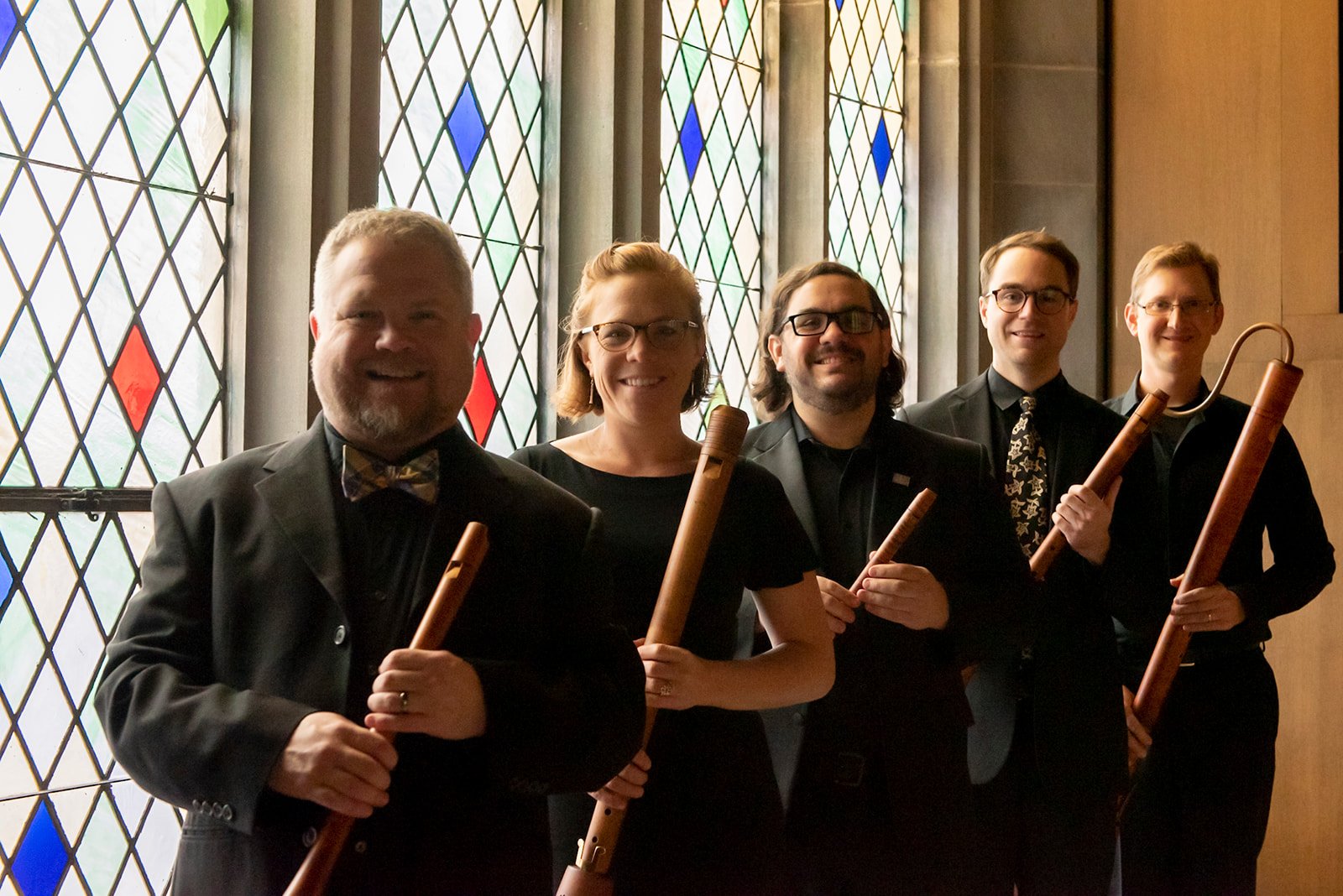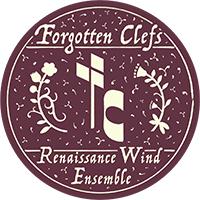Current Programing
-
Surviving Inquisition
____________________________________________Instrumentation: dulcians, harp, hurdy-gurdy, recorders, shawms
Length: 45-90 minutes
Artists: 4-6
____________________________________________
Exploring Spanish and Sephardic music over a 400-year span, Surviving Inquisition traces the journey of Sephardic Jews from the 13th century in Alfonso el Sabio’s Castile, through the early years of the Inquisition in late 15th century Catholic Spain, to Italy in the early 17th century, where many Jews lived following expulsion. Using European and Arabic instruments, Surviving Inquisition intertwines traditional Sephardic tunes with Catholic music from Medieval manuscripts; sets music of the likely converso Juan del Encina (1468-1530) alongside that of the Spanish Catholics Juan de Anchieta (1462-1523) and Christobal de Morales (1500-1553); and moves between secular Italian songs and sacred Hebrew psalms in music of the Jewish composer Salamone Rossi (1570-1630), living in diaspora in early 17th-century Mantua, Italy.
-
Musique de la rue
____________________________________________Instrumentation: bagpipes, dulcians, percussion, recorders, sackbuts, shawms
Length: 45-90 minutes
Artists: 4-6
____________________________________________
From the lively J’ay pris amours and the hauntingly beautiful De tous biens plaine to the ever-popular Tandernaken, beloved melodies once swept through courts and taverns alike. Popular polyphonic settings of this music blend composition with the raw energy of historical improvisation and were all the rage in Northern Europe during the 15th and 16th centuries. Immerse yourself in these platinum hits of the late medieval and renaissance eras, forged at the crossroads of compositional craftsmanship and performer virtuosity.
-
Gems from a French Publishing House
____________________________________________Instrumentation: dulcians, percussion, recorders, shawms, tabor pipe
Length: 45-90 minutes
Artists: 4-6
____________________________________________
Located near the Sorbonne in Paris, Pierre Attaingnant’s (1492-1553) publishing house disseminated works by household names including Josquin, Sermisy, Gervaise, and Janequin. By mastering a single impression technique, Attaingnant made printing faster and more profitable, thus earning him the station of the official “imprimeur et libraire du Roy en musique” (printer and bookseller of the King for music) and exponentially increasing his artistic influence as a curator of music during the time. Join us as we perform works from Attaingnant’s collections on our menagerie of Renaissance wind instruments.
-
Cantors of Leipzig
____________________________________________Instrumentation: crumhorn, dulcian, recorder, rackett, sackbut, shawm
Length: 45-90 minutes
Artists: 4-6
____________________________________________
Throughout the seventeenth and eighteenth centuries, the Thomaskirche in Leipzig was an important musical center of the region. It is best known as the church where, during his time as Cantor, Johann Sebastian Bach produced more than a third of his 300+ church cantatas. Join us as we presents works composed by those who held this coveted post, exploring the significance of the Thomaskirche cantorship in musical output.
-
Reformation Reboot
____________________________________________Instrumentation: cornetto, crumhorns, gemshorn, harp, hurdy-gurdy, percussion, recorders, sackbuts, scheitholt, shawms
Length: 45-90 minutes
Artists: 4-6
____________________________________________
In the course of challenging the authority of the Catholic Church, the Protestant Reformation reshaped the religious, cultural, and political landscape of Europe. Those leading the movement ignited a theological debate that, in large part, hinged on performing religious liturgy in the vernacular language rather than in the traditional Latin. With this push towards intelligibility of the Word came a flourish of musical innovation. Ludwig Senfl, Heinrich Isaac, Thomas Stoltzer, and other sacred music composers began writing in the German language—thereby giving preference to text declamation not yet explored by their predecessors. Join us as we explore this era of incredible upheaval and creativity. -
Waytes of England: Music of the Watch
____________________________________________Instrumentation: cornetto, crumhorns, gemshorn, harp, hurdy-gurdy, percussion, recorders, sackbuts, scheitholt, shawms
Length: 45-90 minutes
Artists: 4-6
____________________________________________
This charming program celebrates the vibrant sounds of English sacred and secular music from the 15th to early 17th centuries. Waytes of England brings to life the diversity of English Renaissance music through the works of Dowland, Holborne, Taverner, Tye, Weelkes, and more. From solemn sacred harmonies to spirited courtly dances, experience the music once heard on the streets and in the chapels of Tudor and Elizabethan England.

Press Kit
Ensemble Biography
Artist Biographies
Ensemble Photo
Logo
Please write to forgottenclefs@gmail.com for additional content.
Logo by Jacque Armijo www.jacquearmijo.com

